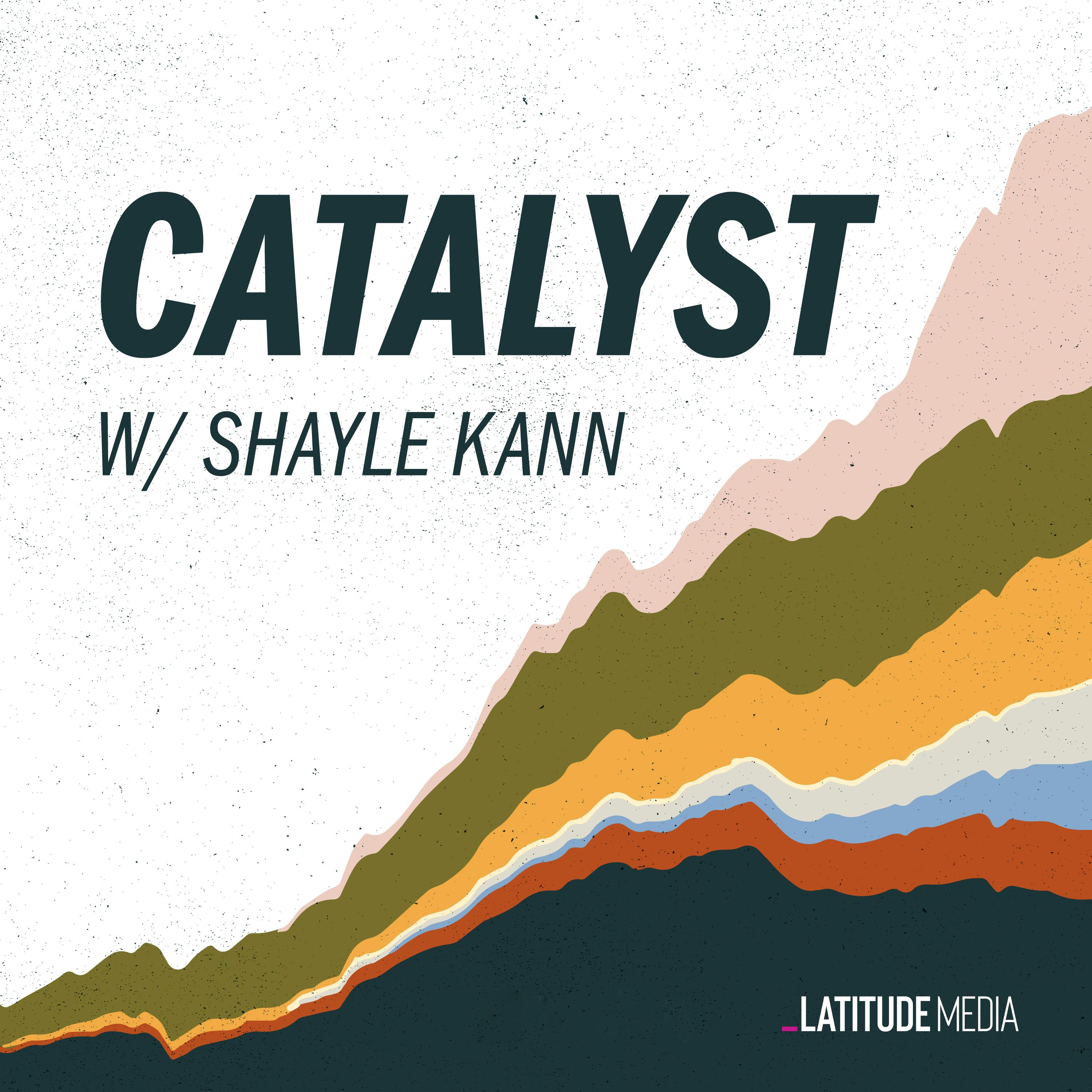The cost of nuclear
Description
Editor’s note: There’s new interest in nuclear power from electric utilities, the White House, and the public. While NuScale’s deal to build a small modular reactor failed last year, TerraPower is currently building the U.S.’s first advanced non-light water reactor in Wyoming. So we’re revisiting an episode from last November with The Good Energy Collective’s Dr. Jessica Lovering unpacking one of nuclear’s biggest challenges: cost.
Nuclear construction costs in the U.S. are some of the highest in the world. Recent estimates put the cost of building conventional nuclear reactors at more than $6,000 per kilowatt, as measured by overnight capital cost. But high costs are a problem for new small modular reactors (SMRs) too, killing what was going to be the country’s first SMR before it got built.
Meanwhile, South Korea has some of the lowest costs in the world. Estimated overnight capital costs for reactors in South Korea are closer to $2,200 per kilowatt.And then there are countries like China, France, and the United Arab Emirates that fall between those extremes.
So why the wide range in costs?
In this episode, Shayle talks to Dr. Jessica Lovering, co-founder and executive director at the Good Energy Collective, a non-profit that researches and promotes policies that support nuclear power. A former director of energy at the Breakthrough Institute, she also authored a comprehensive study of nuclear construction costs in 2016.
Shayle and Jessica talk about things like:
What goes into the cost of construction and South Korea’s secret sauce for low-cost nuclear reactors
Why Jessica thinks we should manufacture and regulate reactors like large aircraft
Driving down costs with modularity, small reactors, passive safety features, and more construction
Why changing regulations might be necessary, but not a silver bullet
Why the pro- and anti-nuclear camps talk past each other — and why Jessica says she’s somewhere in between
Recommended Resources:
Latitude Media: Is large-scale nuclear poised for a comeback?
Energy Policy: Historical construction costs of global nuclear power reactors
National Academy of Engineering: Chasing Cheap Nuclear: Economic Trade-Offs for Small Modular Reactors
Joule: Evaluating the Role of Unit Size in Learning-by-Doing of Energy Technologies
Science: Granular technologies to accelerate decarbonization
Canary: Future of small reactors at stake as NuScale deal flops
Catalyst is brought to you by Anza, a revolutionary platform enabling solar and energy storage equipment buyers and developers to save time, increase profits, and reduce risk. Instantly see pricing, product, and counterparty data and comparison tools. Learn more at go.anzarenewables.com/latitude.
Catalyst is brought to you by Kraken, the advanced operating system for energy. Kraken is helping utilities offer excellent customer service and develop innovative products and tariffs through the connection and optimization of smart home energy assets. Already licensed by major players across the globe, including Origin Energy, E.ON, and EDF, Kraken can help you create a smarter, greener grid. Visit kraken.tech.
Catalyst is brought to you by Antenna Group, the global leader in integrated marketing, public relations, creative, and public affairs for energy and climate brands. If you're a startup, investor, or enterprise that's trying to make a name for yourself, Antenna Group's team of industry insiders is ready to help tell your story and accelerate your growth engine. Learn more at antennagroup.com.
More Episodes
Shayle and his team at Energy Impact Partners (EIP) review a lot of climate-tech pitches. The best kind of pitch uses a solid techno-economic analysis (TEA) to model how a technology would compete in the real world. In a previous episode, we covered some of the ways startups get TEAs wrong — bad...
Published 11/21/24
Oh, the heat pump — a climate tech darling that still hasn’t hit the big time yet. One challenge for heat pumps is that the customer experience can be difficult, involving a complex installation process, poor installation jobs, and even technicians that don’t want to sell you one.
What’s it going...
Published 11/14/24
Published 11/14/24


